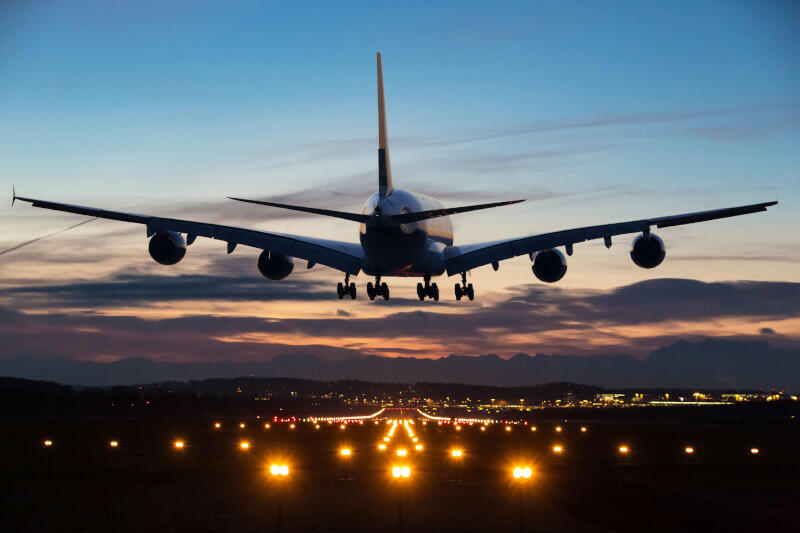Another world-first from Leidos and NATS
Pairwise is a new innovative way of separating arriving aircraft, developed by Leidos UK and the air traffic service NATS. It is helping to boost on-time performance and cut carbon emissions at London’s Heathrow Airport.
Pairwise works by introducing a totally new way of calculating the minimum separation between arriving pairs of aircraft.
It is delivered using Intelligent Approach (IA), an arrivals spacing tool, jointly developed by Leidos and NATS with help from Think Research, that helps controllers to safely optimise the gaps between aircraft arriving at an airport. IA first went live in 2015 at London Heathrow and is now also in operation at Amsterdam Schiphol and Toronto Pearson airports.
Discover more about Intelligent Approach At Leidos
“Pairwise marks another new milestone in the advancement of the Intelligent Approach tool,” said Graham Emmons, vice president and managing director of civil at Leidos UK, “advancing this world-leading solution to deliver even greater benefits for airports, airlines, passengers and importantly the environment.”
Traditionally, aircraft separation is based on six categories taking into account the aircraft’s weight and the amount of wake vortex it generates.
What Pairwise does is it tailors the separation between each pair of aircraft using the specific characteristics of each individual aircraft type. Tailoring the separation in this far more granular way means air traffic controllers can safely reduce the gap between some pairs of aircraft and increase the overall flow of traffic.
Graham Emmons
VP, Managing Director Leidos Civil UK
This sophisticated approach to Time Based Separation (TBS) is especially beneficial for capacity-constrained airfields, with Pairwise enabling existing runways to utilise maximum capacity without the need for expensive changes to ground infrastructure.
Successful deployment at Heathrow
At Heathrow airport, one of the world’s busiest international airports and the UK’s largest, Pairwise was deployed at the end of last year. The technology is expected to increase the landing rate by around two additional arrivals per landing runway per hour versus traditional wake vortex groups.
While the overall number of flights at Heathrow is capped by government regulation, being able to land more aircrafts per hour will help to minimise delays and airborne holding, resulting in significant fuel and emissions savings as well as increased passenger satisfaction.
IA’s TBS is already delivering up to 47,000 tonnes of CO2 savings at Heathrow, in addition to delay savings and additional tactical runway capacity. Pairwise adds significant further savings. The airport is scheduled at 99 per cent of its declared capacity, meaning any impact on landing rate increases the possibility of both delays and cancellations.
“With Pairwise, the airport has more tactical capacity for flight movements, so flights arrive and depart more on schedule,” explained Emmons. “It improves punctuality at the airport, along with the environmental benefits.”
“Deploying innovative technology like Pairwise separation at Heathrow makes a real difference to our operation’s overall resilience,” said Kelly Stone, head of airport operations Heathrow Airport Limited.
Intelligent Approach benefits
Intelligent Approach, developed jointly by Leidos UK and NATS, was a world first when it deployed at Heathrow in 2015. Its use of dynamically calculated time-based separation – as opposed to static, distance-based gaps – cut headwind delays by more than 60% and reduced airborne holding by 230,000 minutes per annum, saving over 47,000 tonnes of CO2. Pairwise is an exciting opportunity to add further value to these benefits.




